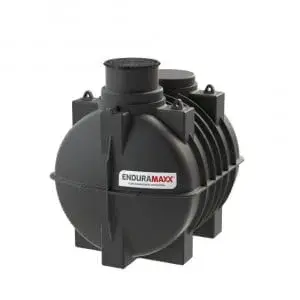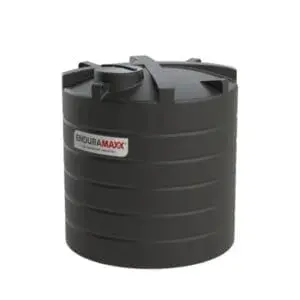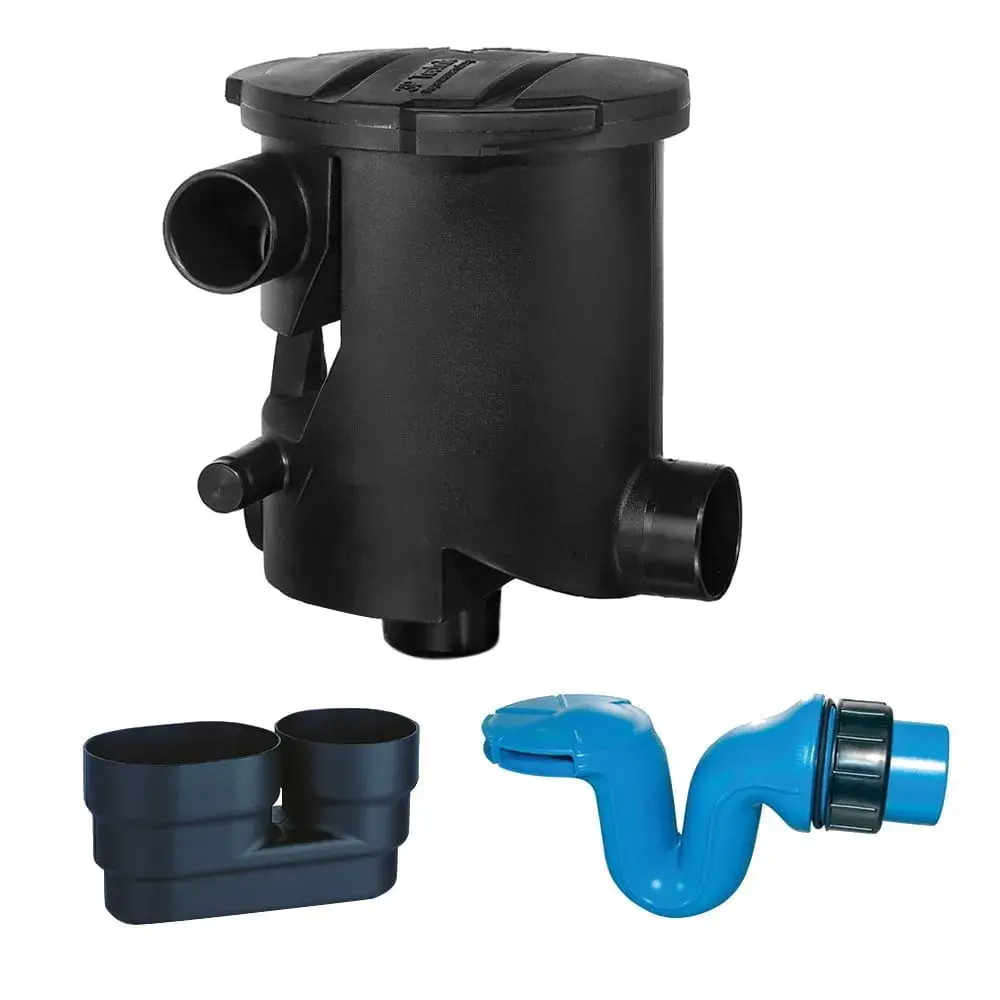Metal finishing and plating wastewater treatment are required for the removal of heavy metals, oils, and toxins before it is safe to be discharged to the sewer. Wastewater treatment standards and consent to discharge require effective methods to keep compliant and ongoing removal of wastes produced. Depending on the size of your company and the volume of wastewater produced, different systems are used including continuous flow and batch waste treatment systems.
Wastewater from Plating Processes
In plating processes, lots of wastewater is generated through cleaning, acid pickling, plating, and especially during rinsing. Spent acid and cleaning solution dumps add to the complexity of waste treatments that will be required. More details are available online here
Where does metal finishing wastewater come from?
Metal finishing wastewater sources depend on the type of metal finishing and plating which is carried out.
Common sources for this wastewater include;
- Chrome, nickel, copper and zinc plating
- Electrocoating and electroplating
- Gold Plating
- Hot Dip Galvanization
- Coatings
- Pickling
- Electropolishing
- Anodizing
How is Metal Finishing Wastewater Treated?
Collection of Waste Streams in an Equalization Tank
To start with wastewater from streams are collected in the equalization tank. Equalisation tanks designed to even out the flow to avoid fluctuations in inflow from batch dumps. These tanks are generally fitted with a mixer to keep a homogeneous mixture with solids in suspension.
PH Adjustment of Wastewater Streams
Adjustment is carried out in ph. adjustment tank. By adjusting the gross pH of the wastewater makes treatment easier resulting in less chemical being used later in the process.
This can also make metals in the wastewater stream insoluble and easier to remove and help settle metal hydroxides.
Clarification of the Wastewater Treatment Stream
The clarifier tank is used to add polymers or flocculants to the wastewater stream to settle out to form sludge. As the sludge settles in the conical base it can then be removed to a sludge thickening tank to remove further water from the sludge.
Sludge Thickening Tank
Sludge from the clarifier is collected in the sludge thickener tank. These tanks are generally proffered to be conical base tanks as this allowed further to be dewatered and full drain of the tank.
Filter Press
The filter press used uses to squeeze the water out of the wastewater sludge. This gives a concentrated sludge as well as water which is sent to a small conical tank where particles are settled y gravity.
The residue solids are called sludge cake which can be removed in a solid waste form by skip.
Treated Water Tanks
Once the water has been treated it is stored in the treated water storage tanks before being used or transported. These vary in size from 500 litres to thousands of litres according to need. The size should be adequate to accommodate fluctuations in demand.
Discharge Water Tanks
The dirty water also needs storing and it is in the discharge water tanks that the dirty water is stored before disposal.
Enduramaxx Plating Wastewater Treatment Tanks
Enduramaxx manufactures tanks for the Metal Finishing & Plating Wastewater Treatment. Conical cone tanks or flat base vertical tanks are essential components of wastewater treatment system applications From 50-litre dosing tanks to store flocculants or chemicals to 30,000-litre sludge tanks, we are sure we can help with your next project.
For more details on these please phone us on 01778 562810.
Posts By Topics
- Blog (303)
- Chemical Storage Tanks (118)
- Chemical Dosing Tanks (114)
- Chemical Tanks (114)
- Water Tanks (58)
- Rainwater Harvesting Tanks (43)
- Vertical Rainwater Tanks (31)
- Vertical Storage Tanks (31)
- Cone Bottom Tanks (19)
- Conical Cone Tanks (18)
- Rainwater Harvesting (17)
- Water Bowsers (15)
- Horizontal Tanks (14)
- Potable Water Tanks (13)
- Farming (9)
- Case Studies (8)
- Industrial Storage Tanks (7)
- Liquid Fertilser Storage Tanks (6)
- WRAS Approved Potable Tanks (6)
- Wine and Beer Production (6)
- Horizontal Transport Tanks (5)
- Microbrewery (5)
- Rainwater (5)
- Category 5 Break Tanks (4)
- Cider Production (4)
- Mixer Tanks (4)
- Molasses Tanks (4)
- Polyethylene tanks (4)
- Rainwater Filter Kits (4)
- SPECIALIST & BESPOKE TANKS (4)
- Bunded Tanks (3)
- Slimline Tanks (3)
- WRAS Approved (3)
- Clarification Tanks (2)
- Crosslinked Polymer Tanks (XLPE) (2)
- Fertiliser Tanks (2)
- Sump Tanks (2)
- Tank Installation (2)
- Water Butt (2)
- underground water tanks (2)
- ACCESSORIES & FITTINGS (1)
- ATV & UTV SPRAYING UNITS (1)
- Above Ground Effluent Tanks (1)
- Bespoke Tank Frames (1)
- Category 5 Turret (1)
- Caustic Soda Tanks (1)
- Closed Top Bunded Tanks (1)
- Craft beer (1)
- Effluent Tanks (1)
- Enduramaxx (1)
- Ferric Chloride Tanks (1)
- Fire Safety Regulations (1)
- Fire Sprinkler Water Storage Tanks (1)
- Industrial Water Tank (1)
- Open Top Bunded Tanks (1)
- Open Top Cone Tanks (1)
- Open Top Vertical Tanks (1)
- Polyethylene Potable Water Tanks (1)
- Polyvinylidene Fluoride (PVDF) Tanks (1)
- Polyvinylidene Fluoride Tanks (PVDF) (1)
- Pressure Washers (1)
- Pro Series Spot Sprayers (1)
- RWH (1)
- Sodium Hydroxide Storage Tanks (1)
- Sprayer Fill-up Tanks (1)
- Uncategorised (1)
- liquid fertiliser tank (1)
Sign up to the newsletter
enduramaxx.marketing
Related Posts
Industrial Wastewater Treatment Using Microalgae
Industrial wastewater treatment using microalgae wastewater treatment systems can remove heavy...
What Is Metal Recovery From Metal Plating Wastewater? Tanks For Evaporation and Treatment
What Is Metal Recovery? Metal recovery involves wastewater storage, mixer tanks, and fabricated...
How Are Heavy Metals Removed From Industrial Wastewater?
No one will argue that our earth continues to suffer from the ever-increasing strain on its...
Related Products
From £1,080.00 inc. VAT
£900.00 exc. VAT
From £1,344.00 inc. VAT
£1,120.00 exc. VAT
From £768.00 inc. VAT
£640.00 exc. VAT
£480.00 inc. VAT
£400.00 exc. VAT






